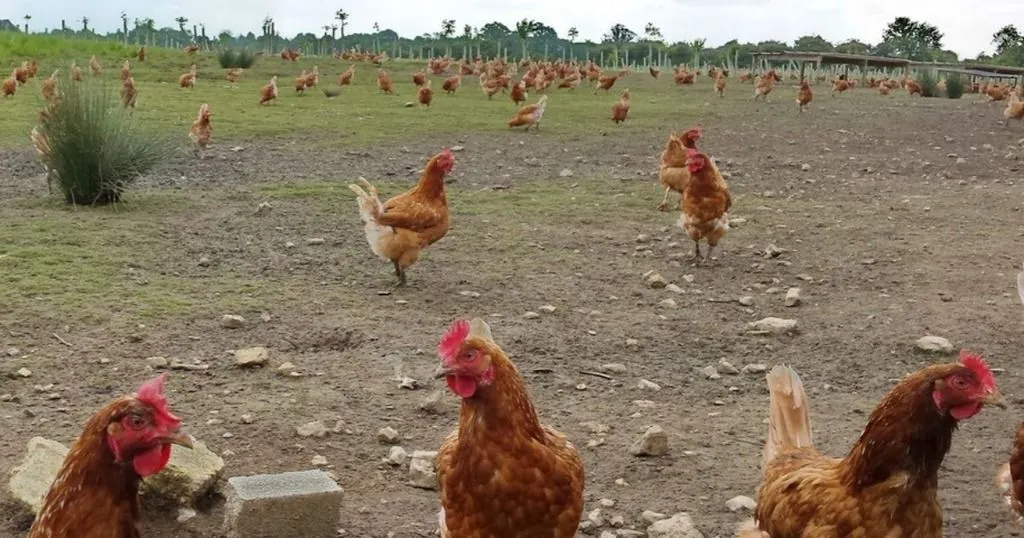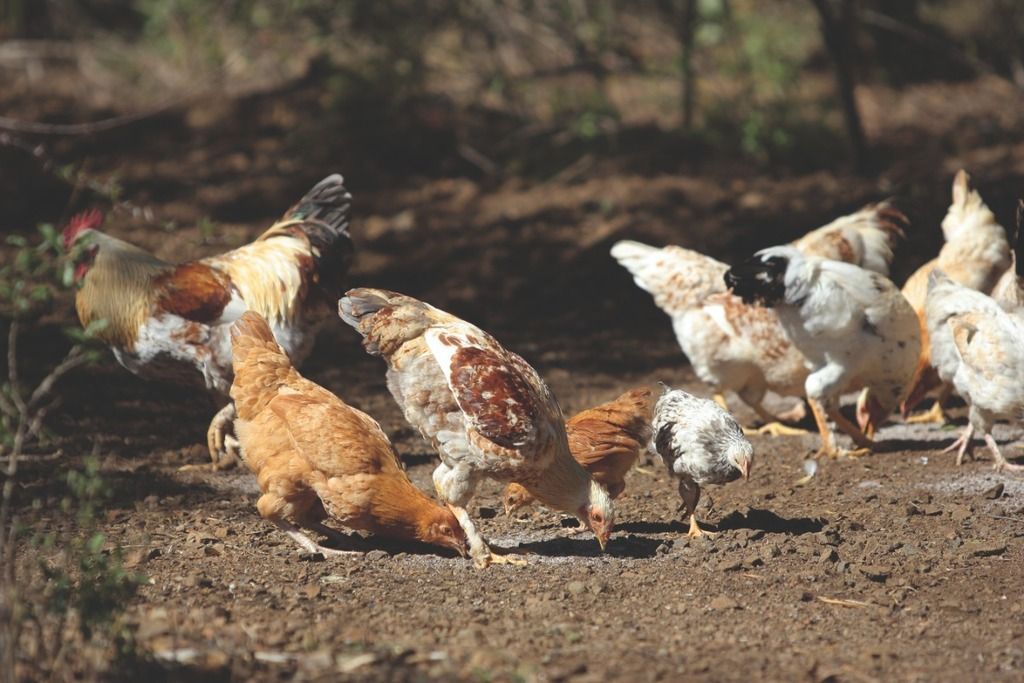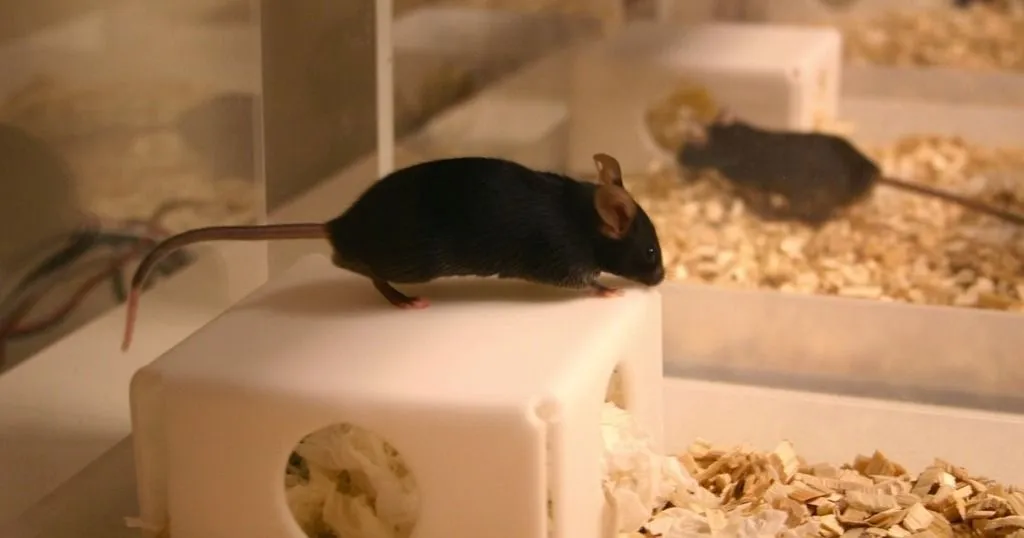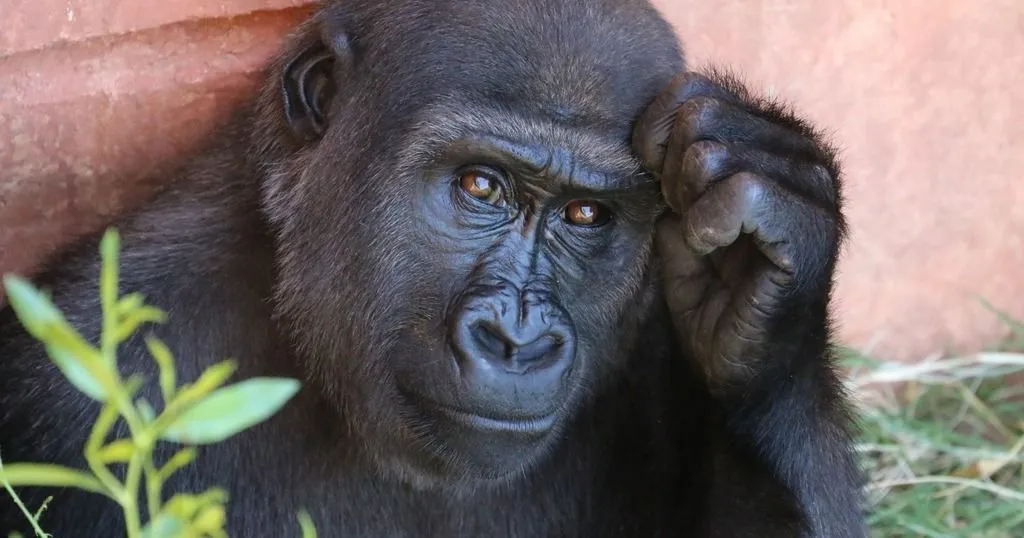ChickenStress project
The abolition of battery farming has improved chicken welfare, but there are still problems like feather pecking. In the ChickenStress project, we will try to understand better how to reduce stress and improve welfare.
Posted by
Published on
Tue 23 Apr. 2019
Topics
| Welfare | Chickens | Farm Animals | Hippocampus | Stress | TrackLab |

There are almost 100 million chickens in the Netherlands — that's about 17 times as many chickens as people. Their welfare has improved enormously in the past few years, especially with the abolition of battery farming in the European Union in 2012, but there is still plenty of room for improvement. For example, stressed chickens sometimes peck at each other, and that can lead to the death of literally billions of chickens in Europe every year.
The ChickenStress Project
In the ChickenStress project, the partners, including Noldus Information Technology, will try to understand better the issues around how to improve chicken welfare and reduce problems like feather pecking.
Although scientists don't understand everything about the issue yet, we do know what the main topics of research should be. If we understand it better, we can make recommendations for breeders and farmers leading to better welfare for the chickens.

Understanding stress in chickens
Firstly, we know there is a genetic factor. Some breeds of hens are more aggressive than others and we know that this is caused by a side effect of the breeding for other traits (like productivity) that has taken place.
The ancestors of modern chickens were forest birds called Red Jungle Fowl and this research has the huge advantage that those birds are still around today.
We already know that the stress response in the red Jungle Fowl is stronger and with a much faster recovery than in some modern breeds. If we can puzzle out the genetics, we can perhaps give modern breeds back some of the stress resilience of their ancestors.
Stress mechanisms in the brains of birds
Secondly, we know that the stress mechanisms in the brains of birds (especially the amygdala and hippocampus) are analogous to the well-understood mechanisms in mammals, but the details still need working out. The brains of birds have evolved differently from mammals, so we cannot just extrapolate from what we know about lab mice and about humans.
However, the research groups in this project have already discovered a group of cells in the birds' amygdala which controls the levels of the stress hormone cortisol which is equivalent to a similar structure in mammals' brains. They have also found that it looks like the rate of creation of new nerves in the hippocampus is an excellent indicator of the welfare of birds, so that will also be one of the things the project will be investigating.
Environmental factors
Thirdly, the environment is critical, including factors like light levels and day/night alternation in early life and the possibility to be able to carry out natural behaviors like dust bathing and moving to different levels. If young birds are stressed then they will respond differently to stress later in life, for example if they are deprived of maternal care as young chicks.
In their natural forest, the hens occasionally leave the eggs during incubation, which means there is a natural variation of dark and light. However, modern incubator units hatch eggs in total darkness, which can affect brain development. Likewise, in the natural habitat of chicks, they immediately start foraging for food in litter as soon as they have imprinted on the mother hen, whereas commercial chicks often have no litter to forage in for the first days of their lives. This might mean that even if they are provided with a more enriched environment later in their lives, they are unable to explore and use it fully.
Perhaps the barns where the hens brood the eggs can be redesigned to overcome that problem. The exploratory (and other spatial) behaviors of the chickens will be measured using Noldus' state-of-the-art TrackLab solution to see if the redesigned barns have the desired effect.
The ChickenStress project
The European Union is investing almost €4 million in this project, which is coordinated by Newcastle University, has 19 partner organizations and will educate 14 PhD students. The PhD students will not only work in their own universities but also spend significant time on secondments at other universities in the project and also at the industrial partners, including leading poultry breeders.
Noldus' solutions are going to be crucial for measuring the welfare and behaviors of the animals. We expect that TrackLab will be particularly important but also other tools will play their part, such as The Observer XT for computer-aided behavioral observations.
RESEARCH PROJECT: Want to partner with us?
If you are setting up a research project and think that Noldus could be a partner in your consortium, let us know!
- Develop solutions in consortia
- Co-develop
- Trust our 35+ years of experience
Acknowledgement
This project is funded by a Marie Skłodowska-Curie grant from the Horizon 2020 program of the European Union.
Related Posts

Learning to use animal models for psychiatric disorders

Furthering behavioral studies for understanding microbiota-brain insights
